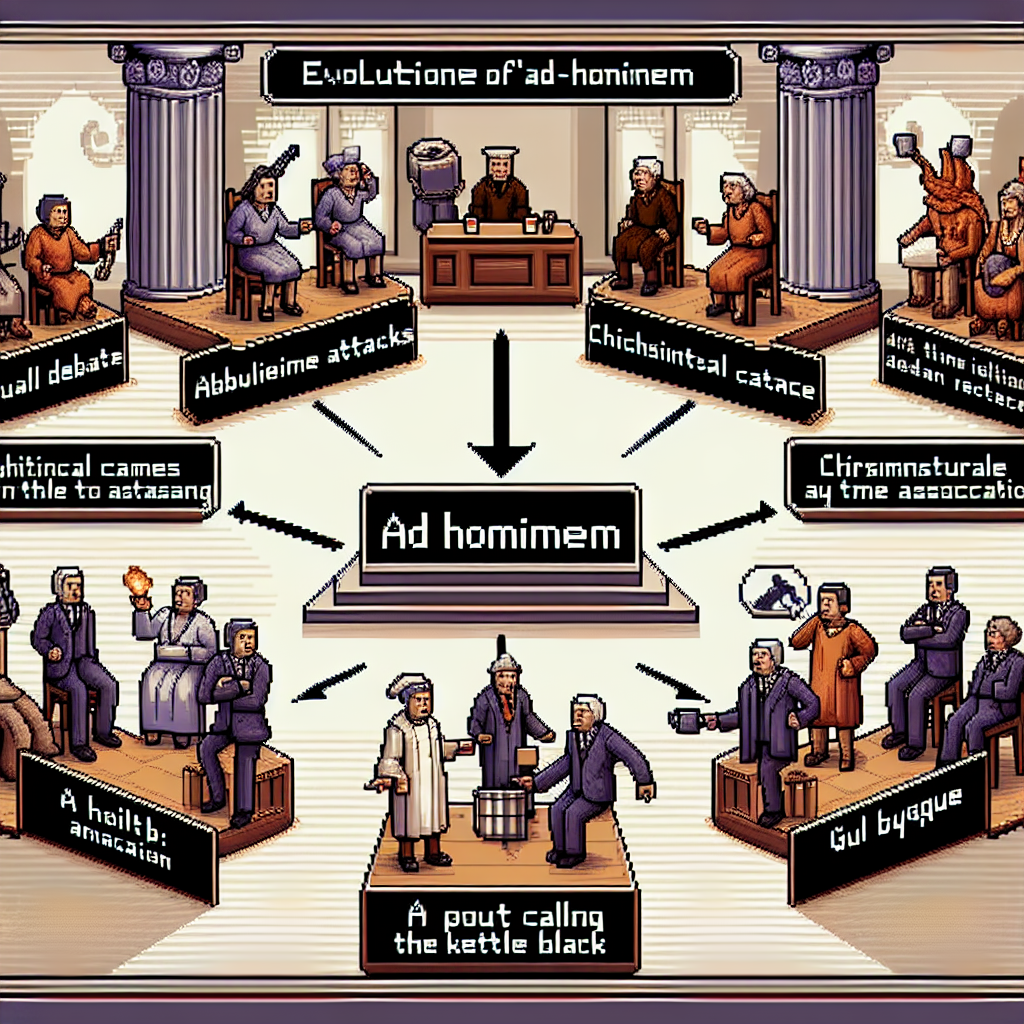Misleading Vividness: Understanding the Importance
Definition of Misleading Vividness
Misleading Vividness refers to the use of striking and emotional imagery or stories in news that can overshadow the actual facts. This can lead the audience to form distorted perceptions of reality. Despite the emotional appeal these stories provide, they might not accurately represent the entire situation. Therefore, distinguishing between sensational accounts and factual data is crucial.
Importance of Understanding Misleading Vividness in News Consumption
Understanding Misleading Vividness is essential in today’s media landscape, because it significantly influences how news consumers perceive and respond to information. During news analysis, people tend to pay more attention to emotionally charged stories, often leading to biased views. Consequently, individuals may form opinions based on isolated incidents rather than comprehensive statistics. Additionally, recognizing this concept helps in critically evaluating news content, ensuring that personal opinions are based on reliable and balanced information.
Understanding Misleading Vividness
Origins and Theoretical Background
The concept of Misleading Vividness finds its roots in psychological studies that examine how people perceive information. This occurs when particularly vivid or emotionally charged examples are presented, affecting audience perception more than factual data or statistics. Before understanding its full impact, one must consider the compelling nature of emotionally engaging stories and how they can overshadow more substantial evidence, leading to skewed public understanding.
Psychological Impact on Audience Perception
Misleading Vividness has a significant psychological impact on audience perception. Additionally, it shapes public opinions and decisions by focusing on exceptionally dramatic details. During news consumption, audiences may prioritize these vivid elements over actual data, which can distort their understanding of events. Despite the availability of concrete facts, it becomes challenging for readers to discern accurate representations because emotions cloud their judgment. Consequently, this phenomenon is critical to recognize to foster a more informed and resilient public.
Misleading Vividness in News
Case Studies from Recent News Articles
Misleading Vividness frequently appears in news reporting, particularly when dramatic anecdotes overshadow essential statistical data. For example, a recent news story may focus on an isolated incident of a rare event, while neglecting to mention its statistical insignificance. This creates a skewed perception among viewers.
Analysis of Vivid Examples Versus Actual Data
Additionally, it is crucial to examine how these vivid examples compare with actual data. By comparing the emotional impact of narrative elements against the hard facts, readers can discern discrepancies between coverage and reality. For instance, despite a vivid portrayal of crime, crime rates may be decreasing. During times of heightened media scrutiny, it is the responsibility of both journalists and consumers to break down such narratives.
This balanced approach helps mitigate the psychological effects of Misleading Vividness on public opinion.
Effects of Misleading Vividness on Public Opinion
Influence on Public Perception and Decision-Making
Misleading Vividness can significantly alter how the public perceives issues, bypassing logical analysis. Psychological effects make emotions dominant in decision-making because of the engaging nature of vivid storytelling. This emotionally driven perception can skew reality, causing individuals to form inaccurate opinions on matters based on dramatic anecdotes instead of factual information.
Role in Shaping Narratives and Stereotypes
During the narrative formation process, Misleading Vividness plays a strong role. Despite existing accurate data, media narratives often highlight only the most sensational elements, shaping stereotypes. This leads to widespread misconceptions before factual impediments are examined, reinforcing inaccurate views. Additionaly, once these over-exaggerated narratives take root, they become harder to dismantle, perpetuating bias and misunderstanding among the public.
Identifying and Avoiding Misleading Vividness
Tips for Journalists and Content Creators
To reduce the chances of incorporating Misleading Vividness in their stories, journalists should strive for a balanced approach. They can achieve this by verifying facts and relying on multiple sources, ensuring that any vivid example is representative of the broader context. Additionally, writers should be mindful of using vivid imagery and anecdotes sparingly, especially when they may lead to an exaggerated perception of the issue.
Strategies for Readers to Critically Analyze News Stories
For readers, critically analyzing news involves recognizing when Misleading Vividness might be at play. Before accepting a story at face value, readers should seek out additional information from various outlets and compare data-driven pieces with more visually engaging ones. Despite the alluring nature of compelling narratives, this habit helps form a more objective understanding of current events. Ultimately, being an informed consumer of news means staying vigilant and questioning emotive storytelling techniques.
Addressing Misleading Vividness in News Reporting
Balancing Vivid Storytelling and Accurate Reporting
Journalists must strive to balance the use of vivid storytelling with the necessity of accurate reporting. To achieve this, media outlets should prioritize comprehensive training that educates reporters about the concept of Misleading Vividness. Additionally, incorporating fact-checking processes can help ensure that stories remain grounded in data rather than solely relying on vivid narratives.
Responsibility of Journalists and Media Outlets
During the reporting process, journalists have a profound responsibility to avoid contributing to Misleading Vividness. By fostering transparency and providing context, media professionals can significantly reduce this risk. Furthermore, media outlets should adopt editorial guidelines that discourage exaggeration or over-dramatization for the sake of impact. This approach is critical before publication to better inform the public and uphold ethical standards. Adopting these practices not only enhances journalistic integrity but also strengthens public trust in the news.
Misleading Vividness: A Case Study on News Reporting
Case Study: Misleading Vividness in Environmental News Coverage
During recent coverage of severe weather events, a news outlet featured a series of dramatic images and anecdotes from the worst-hit areas. These stories, while engaging, exhibited Misleading Vividness because they focused primarily on isolated, extreme cases rather than providing a balanced overview of the actual data. As a result, public perception was skewed, causing unnecessary panic amongst a significant portion of the audience. Despite this sensationalism, the broader statistical analysis showed a more moderate impact on the general region.
Solution: Enhancing Accurate Reporting
To combat Misleading Vividness in future reports, journalists are encouraged to balance vivid storytelling with empirical evidence. Incorporating comprehensive data graphics alongside gripping stories ensures audiences recognize the broader context. Additionally, training sessions for reporters on understanding psychological biases can help in crafting more balanced articles. By emphasizing accuracy and context, news media can maintain public trust and enhance informed decision-making among their consumers.


